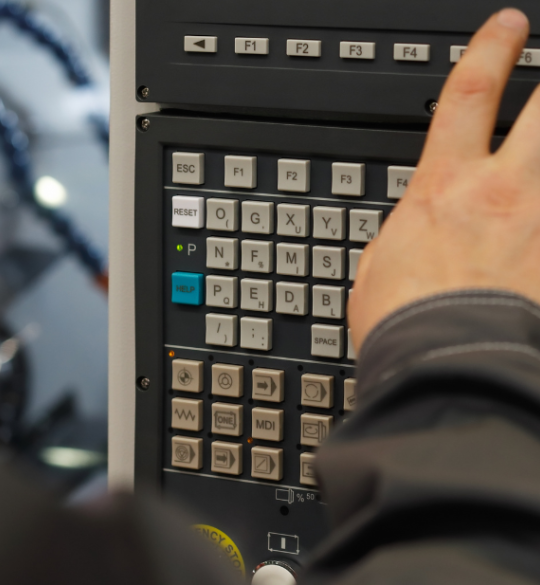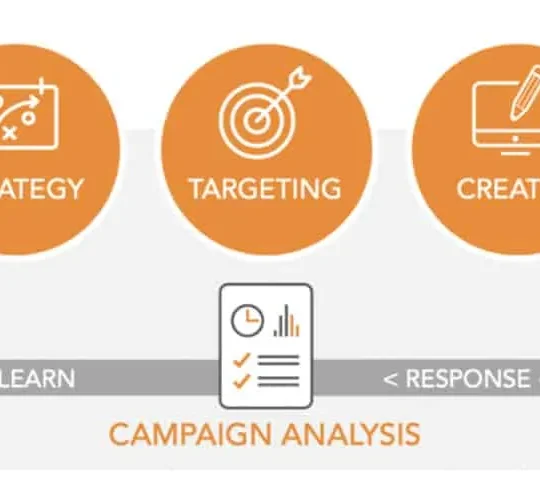
Big data may be more about automation than insights in many instances. All of the data generated by devices in the Internet of Things can offer a great deal of insight, however it can often be overwhelming and difficult to analyze. Enterprise data automation makes this process easier and enables it to be used to truly enhance business operations. Here are some of the ways that works.
Analysis of Time-Varying Data
Automation focuses on a basic framework of analyzing a any volume of data it is required to over a designated period of time. To be practical, this data should be divided into segments to be a analyzed properly:
- Labeling of Data: What data is being provided? This can be everything from a person’s name in marketing data to the temperature of a piece of equipment at any given time in an industrial environment.
- Division by Time Period: What is the average temperature of that piece of equipment over the last 24 hours? The last week? Does it stay consistent over a month, and does it vary by time of day or other time related factors?
- Identification of Data Features: Certain data features need to be addressed. In other words, if a devices temperature rises at a certain time with a certain workload, coolant levels can be increased, or the ambient temperature reduced during that time period to decrease stress on the device and improve its life expectancy.
The automation of this analysis can be used to modify other processes accordingly.
Data Preparation
Automation should also be used to streamline the predictive analytics process. The issue data scientists often face is not the absence of data, but the presence of too much irrelevant data they must sort through. The automation process can be used to eliminate much of this data, or at least hide it for certain processes.
This requires robust language and a powerful operations program, but it can make business operations much more efficient, faster, and smoother if done properly. While setting up this application initially may be costly, the end return will be significant savings.
Detecting Prediction Features
Not only does automation need to present data to the end user, but it must be presented in a readable, measurable format. In other words, if data is presented in measurable change over time, that data can be read as a prediction feature. For instance if revenue growth quarter over quarter is seven percent, it then follows that the next quarter, the same growth will follow. If the water flow in a certain river decreases an average of 1.5 percent year over year for a decade, this becomes a predictive feature.
Automation can detect that this is potentially a predictive feature and present it to the user that way. When it presents these in a standard format, it can be shared and analyzed more easily. This will increase the collaboration between data experts and others in business operations, enhancing the overall usefulness of the data.
The Self-Service Model
The architecture of data in data lake and data preparation platforms along with the rise of cloud computing means that deeper data insights can be made in real time. Data gathered now can make a difference now, making time-sensitive data much more useful.
The automation process reduces costs, and makes access to traditional business intelligence data and cognitive cloud computing data much simpler across the company. Automation helps sync this data with business critical information.
This means that those who need data can access it when they need it, and while it is still timely. if capable they can do their own analysis, saving time and unnecessary data processing by data experts.
Security
Finally, the access to big data and the analysis of it should be restricted to the users who need it in any given area. This process can be automated as well, through segmented access, granular security, strict password requirements, and two-factor authentication.
Cloud computing and big data makes data access practical from anywhere, a distinct advantage. Rapid processing and real time analysis means that data is more usable and is presented in more measurable formats than ever before. However, since it is easily digestible throughout your company, it would be equally digestible and valuable to your competition.
This means security is of the highest concern, and the same data automation that creates and makes the data useful can also be used to secure it.
Big Data automation can greatly enhance your business operations, making things work more efficiently through analysis, preparation, prediction, self-service, and security. Adopting it will mean robust programming but will increase collaboration and communication. Automation of big data is no longer an option. It’s a necessity, and the sooner your business engages in it, the better.







